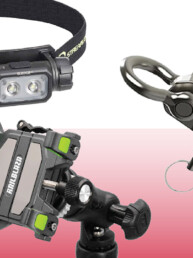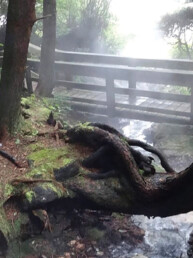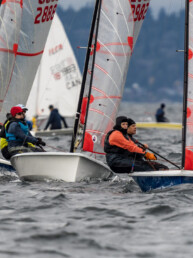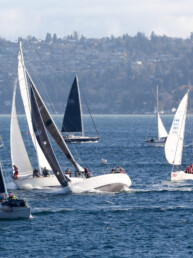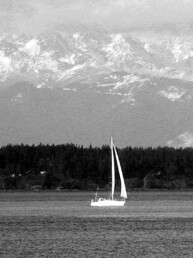Tips for Safe and Happy Transits
As we motored through Dent Rapids, the VHF radio chirped to life. “When are we going to get to the rapids?” a flotilla participant asked. Having just passed through Yuculta Rapids, Gillard Pass, and then in narrow Dent Rapids, the question brought a smirk to my face. Despite the fear and anxiety that these rapids generate, they’re such a non-event when transited at slack that first-timers sometimes wonder, “what rapids?”
Cruising in the Pacific Northwest is characterized by gates: there’s the Strait of Juan de Fuca, Deception Pass, or Swinomish Channel to get to the San Juans; the Strait of Georgia to get to the Gulf Islands or Desolation Sound; the rapids and Johnstone Strait to get to the Broughtons; Cape Caution to get to BC’s Central Coast; and Dixon Entrance to get to Southeast Alaska.
Each “gate” deserves respect, but they needn’t be feared. Given a bit of patience and flexibility, each can be negotiated in mild sea conditions or during slack current. People of all skill and experience levels transit each gate every summer. Contrary to what some old-salts will tell you at the dock, the Strait of Georgia doesn’t have to be rough and Dent Rapids doesn’t always have boat-eating whirlpools.
Over the years, I’ve developed a few tips on how to manage each of the gates without getting beaten up.
The first, and perhaps most important advice, is to be flexible. Keep an eye on weather developing over the next several days, and speed up or slow down to hit each gate during optimum conditions. Last summer, I planned to transit the Gulf Islands in a day on our way to Alaska. The weather didn’t cooperate, though, so rather than rush to Nanaimo the first day (as scheduled), I slowed down and moseyed through the Gulf Islands. The start of the trip was a little slower than hoped, but I enjoyed calm conditions on the Strait of Georgia and still arrived in Ketchikan on schedule.
Be flexible on destination, too. Sometimes, especially on short trips, conditions conspire against us. As tempting a destination as Desolation Sound is, on a short holiday, it may be unreachable. We have no bad cruising areas in the Pacific Northwest. If you can’t reach your intended destination, try a new anchorage or marina closer to home.

Use independent judgement. I’ve seen people leave at zero-dark-thirty to take advantage of the morning calm, only to find out the morning calm doesn’t exist that day. Worse, some of these people followed others, who they perceived to have more experience or better judgement. If in doubt, wait. Never be afraid to turn around and wait for better conditions. And don’t be pressured to go before you’re ready.
Finally, don’t fall victim to theory. Weather forecasts are theory; weather reports are reality (although usually a little out of date by the time we see them). Use all the tools available: weather buoys, lightstation reports, weather stations, etc. in order to determine the best time to transit. Mornings aren’t always calmest and the forecasts aren’t always correct. Before departing a safe marina or anchorage, be sure to check the latest conditions for where you’re going.
Successfully transiting a gate brings a sense of accomplishment and instills confidence to explore further. Beyond each gate lies a new, magical cruising area. And with a little preparation, planning, and good sense, hopefully you too will wonder, “what rapids?”
Sam Landsman
Sam Landsman has cruised extensively throughout the Pacific Northwest. His first trip to Alaska was on a 22-foot C-Dory. Since then, he's made annual summer trips to Southeast Alaska and around Vancouver Island on his Nordic Tug 37. He co-leads flotilla trips in the Pacific Northwest through Slowboat.com

